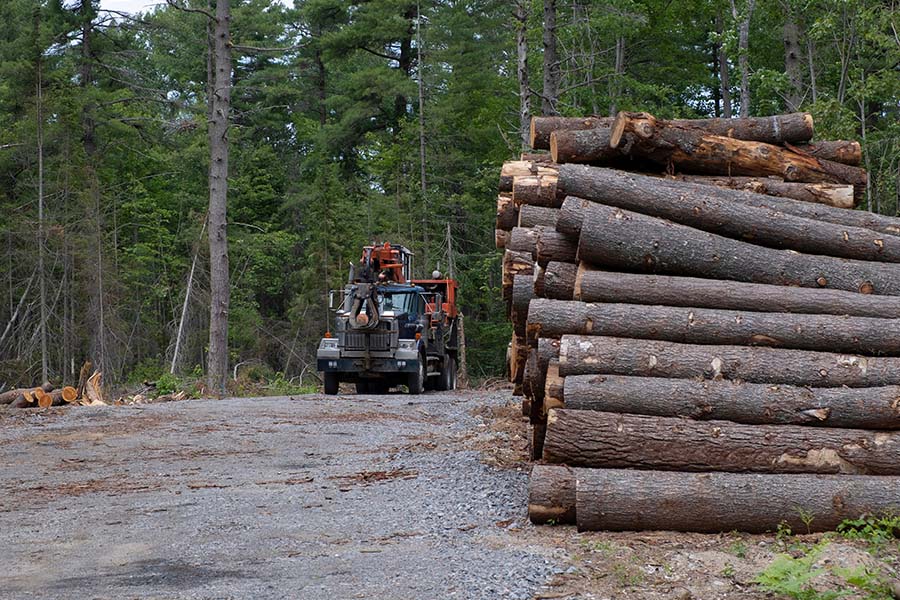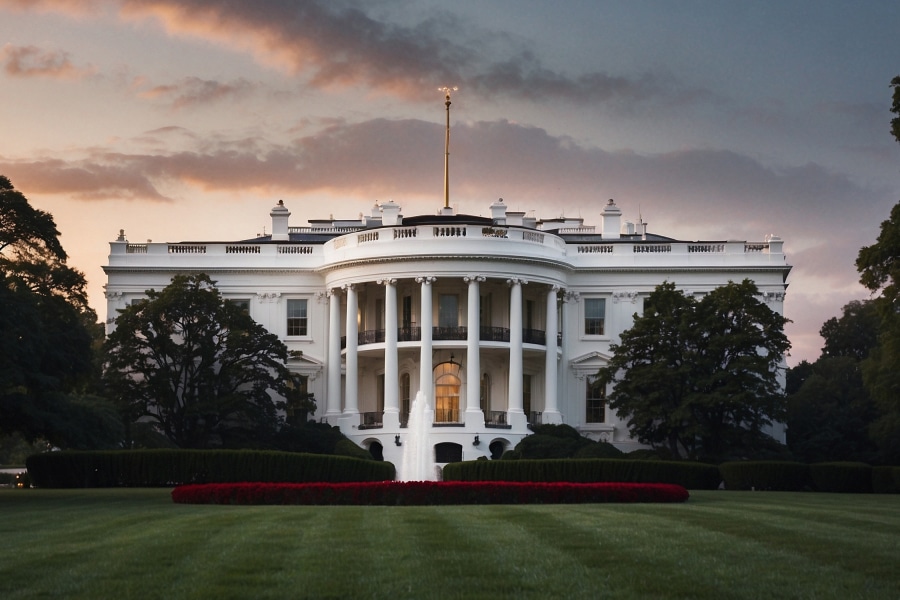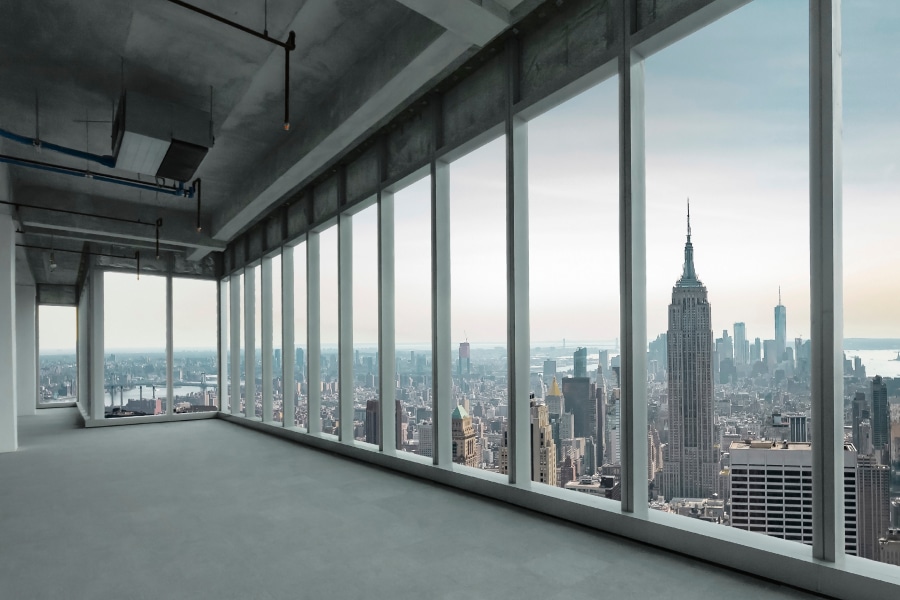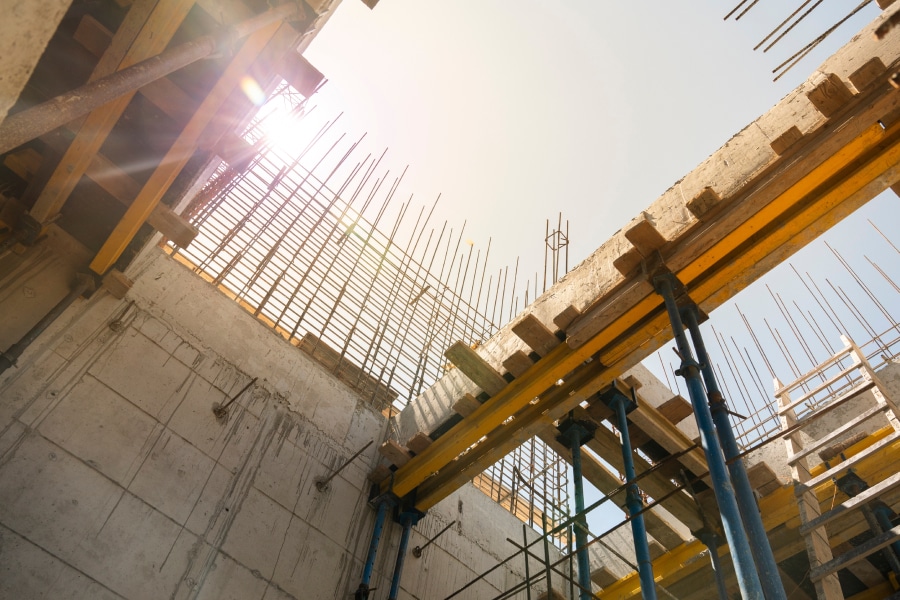The lumber price rollercoaster has hit another big drop—with no rise in sight.
Since the start of the COVID-19 pandemic, the price for the essential building material has been on a wild ride. It initially rose to historic highs in the early months of the pandemic, as suppliers were caught off guard by a sharp rise in demand for wood as home-bound individuals hastened remodeling projects amid lockdowns. Volatility has persisted ever since.
A new, possibly extended valley has emerged. Lumber prices have been in steady decline since 2022’s peak of $1,464.40 per thousand board feet—a high that wasn’t too far off peak pandemic lumber prices of more than $1,500 in May 2021. Lumber prices rallied above $500 for two weeks in September 2022 in what Ashley Boeckholt, CRO and co-founder of digital lumber marketplace MaterialsXchange, describes as a “short rally in a bear market.”
With lumber prices closing at $410.90 at the end of September 2022, the time of this writing, that may well be the case.
Now, as many of the causes of the pandemic price surge have dissipated, the question is whether prices will continue to be volatile or are they settling into a narrow, predictable range?
What’s behind the current price drop?
The high demand for new homes and remodeling projects of the pandemic have been replaced by high interest rates and inflation. Housing starts rose slightly in August 2022 after two months of decline. Yet this increase was driven mostly by multifamily construction, which uses less lumber than new single family home construction.
There’s also been an increase in buyers backing out of home sales. Contract cancellations have risen to more than 15% for the third month in a row, according to Redfin; pre-pandemic, cancellation rates hovered around 12%.
The demand for remodeling is also slowing down, although not as much as demand for new construction. The second quarter NAHB/Westlake Royal Remodeling Market Index (RMI), a measure of remodeling activity, dropped 10 points compared to the second quarter of 2021, according to Robert Dietz, NAHB chief economist.
With Goldman Sachs predicting that the housing market will worsen in 2023, it would seem the residential market won’t be pushing lumber prices back up to extremes in the near future.
Mill production curtailment
Pandemic-induced supply chain challenges, such as worker shortages in mills and transportation obstacles, limited supply during the time of high demand, leading to wood’s initial spike. Now, low demand and rising production costs are leading some mills to curtail production.
Sawmill company Canfor recently announced a two-week production curtailment in most of its solid wood facilities in British Columbia to be followed by reduced production capacity through the end of the year. A lumber shortage in British Columbia, due in part to forest fires and wood-boring beetles, is contributing to increasing mill costs. Yet increased mill production costs are the new reality for the industry across North America.
RELATED:
“Lumber is substantially more expensive to produce than it was a few years ago,” said Zach Lowry, industry expert with the Timberland Investor. “Every aspect of lumber production, from timber harvest to milling, is heavily dependent on diesel fuel, heavy machinery, vehicles and labor, all of which have risen considerably since the pandemic.”
The higher costs to produce lumber may force a new floor to lumber prices—one higher than the high $300 floor pre-pandemic. “If lumber prices get to the low $400s, there will be more curtailment talk,” said MaterialsXchange’s Boeckholt.
Ongoing tariff dispute
In August 2022, the United States Department of Commerce issued its final administrative review, reducing duties on Canadian lumber imported by the US. The Department of Commerce cut the rate nearly half, to 8.59%, from the previous 17.99%. This drops tariffs on Canadian lumber below the initial third administrative review estimating it would get cut to 11.64%.
Despite the cut, US industry groups and Canadian trade officials want the duties reduced further. Canada has filed notice that it will challenge the tariff under the Canada-United States-Mexico Agreement (CUSMA).
Mary Ng, Canada’s minister of International Trade, Export Promotion, Small Business and Economic Development, issued a statement expressing Canada’s “disappointment that the United States continues to impose unwarranted and unfair duties on softwood lumber from Canada. The only fair outcome would be for the United States to meet its CUSMA obligations and cease applying unjustified duties on all Canadian softwood lumber products.”
The NAHB has also been pushing for the Department of Commerce to eliminate the tariffs on Canadian lumber, which it characterizes as a tax on US home builders and buyers.
Is $400-$600 the ‘new normal’?
Before the pandemic, lumber prices spent decades in the $200-$400 range. Without a significant reduction in production costs or unexpected spike in demand, experts say it may be unrealistic to expect lumber prices to fall back to $200. However, Trading Economics forecasts that lumber will trade at $347.78 by the end of 2023.
Furthermore, the US Federal Reserve is poised to remain aggressive in raising interest rates to fight high inflation, increasing already high mortgage rates. If financing costs for new home purchases stay expensive, subdued housing demand may well persist for the foreseeable future, keeping wood demand—and therefore prices—low.
Still, uncertainty remains.
“I believe $400-$600 range is what can be expected as the ‘new normal,’ but I don’t believe a return to the high-highs are out of the question,” Lowry said. “Speculative mania can be a self-fulfilling prophecy, and a precedent has been set that can affect future expectations and behaviors.”












